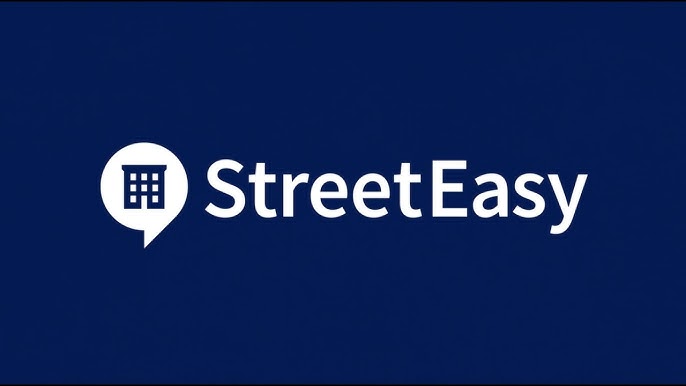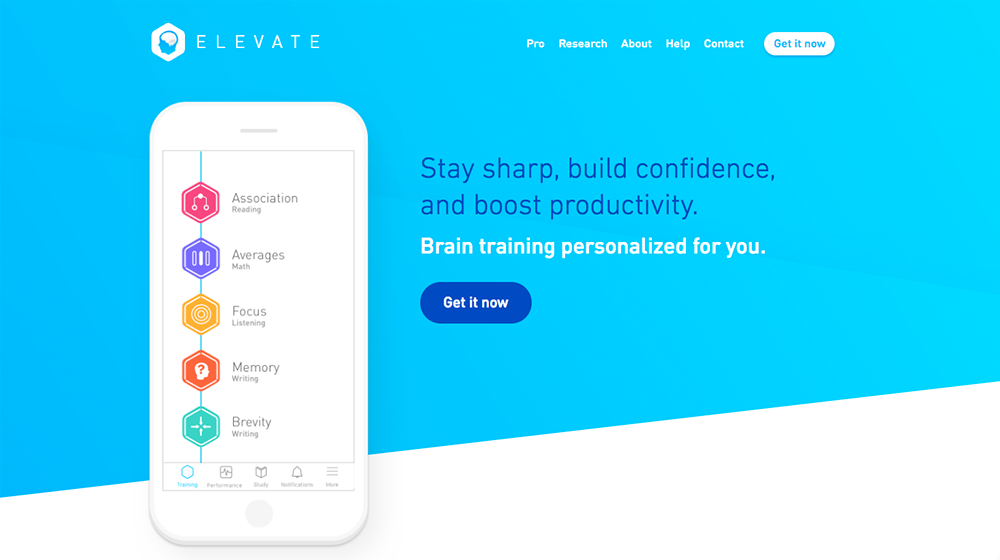Design Critique: Canvas (Website)
Canvas is a popular platform when it comes to students and teachers. It enables users to post/submit assignments, participate in discussions, view course grades and materials, etc. This article will critique the Canvas website using Don Norman’s design and usability principles mentioned in his book: The Design of Everyday Things. 1. Dashboard’s list view doesn’t […]
Design Critique: Canvas (Website) Read More »







